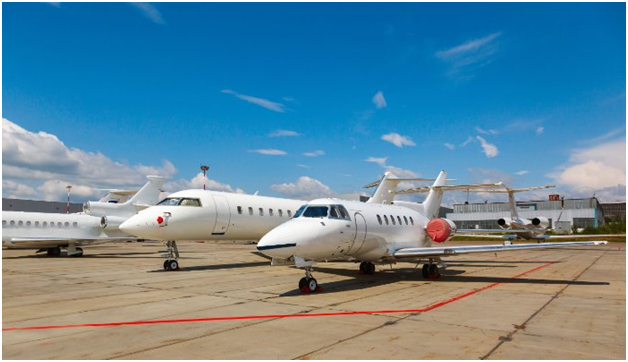What do you need to Know about Asian Overflight Permit Requirements
Overflight permits are authorizations from Civil
Aviation Authorities to overfly that country’s airspace.
The permits
may differ in terms of airspace coverage area and other rules & regulations
of the specific country.
While
dealing with overflight permits,
it’s become important that you know all the requirements & restrictions.
You need to
consider documentation requirements, special request formats, operating hours
and many more.
You’ve to
deal with various other complexities in the permit process. It’s based on
factors like type of flight, country of origin, routing etc.
The following is an overview of Overflight Permit Requirements:
1.
Routing
dependencies and Permit requirements:
Countries that require overflight and landing permits include Philippines, Malaysia, Myanmar, Vietnam,
Indonesia, China, Singapore, South Korea etc.
Keep in mind that one permit can impact other permits as well.
So, you may need to use routings that all other Civil Aviation Authorities
accept.
If there is a denial of one permit, then you have to make
revisions to your routing. It’s done to make sure that it doesn’t impact other
permits.
Most Asian countries won’t agree to direct routings. So, in that case, you’ve to use approved
airways.
2.
Permit lead
times:
In this region lead times for flight permits may vary from two to ten business days.
For example, Indonesia needs ten business days to process
permit requests. On the other hand, in the case of charter permits, Singapore
has extended lead times.
Military airports in India need fifteen or more business days
lead time for overflight permits.
Permit lead time is ten business days if you’re operating to
a military airport in Japan for tourism purposes.
3. Permit processing:
Overflight and landing
permits are
processed by the concerned civil Aviation Authority.
CAAs in this region normally open from Monday to Friday. It’s
closed on weekends and on holidays.
Permits are often processed faster than official lead times. It
can be seen particularly in cases of air ambulance, emergency, or
weather-related (i.e., typhoon) requests.
Always remember that minimum lead times are required even for
short notice, emergency permit requests & revisions.
4.
Information/documentation
requirements:
Permit documentation requirements may vary from country to
country. Henceforth, it’s always important that you confirm requirements in
advance.
Documentation generally involves insurance certificate,
airworthiness, registration certificates, and noise certificate.
5.
Unique
documentation requirements:
You need to check with your ground handler regarding any unique
documentation requirements at your planned destinations.
For example, at Philippines, you need to submit a color photograph
of your aircraft. Only after that a landing permits will be processed.
For a Japan charter permit, you’ve to provide the civil
Aviation Authority with a signed copy of the charter agreement.
Operators need to provide a letter from a local business
sponsor to process a landing permits in
China. Fewer airports are open to international general aviation travel.
6.
Charter vs.
private non-revenue permits:
In general, CAA’s in Asia are stricter on charter permit
requirements. It usually requires additional documentation.
In many cases, you will need to supply other documentation
like charter agreements, specific liability insurance coverage etc.
Also, it’s important to confirm all documentation
requirements in advance with your trip support provider.
For both private non-revenue & charter operations, you
may need to provide the Civil Aviation Authority
with a local business contact that is responsible for your flight.
It’s important that this business contact has current
information on your flight, purpose of flight, crew and passenger details, and
schedule.
This business contact should also be kept aside of any
changes.
If the Civil Aviation
Authority finds that information provided by the operator & business contacts
do not match, then they may cancel your permit.
Many
countries impose overflight permit requirements. It applies to both charter & private non-revenue flight
activity.
Over recent
years more countries have been adding such requirements. For example, Brazil and
Suriname didn’t have overflight permits requirements in the past, but they both now do.
Note:
When
travelling back to the United States
on a private jet charter flight, be sure to check if your operator has an overflight permit.
Using an
operator with an landing permit
can save you both time and money. It prevents you from making an unnecessary
stop at the border for customs.


Comments
Post a Comment